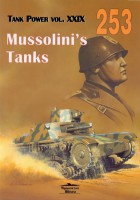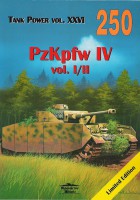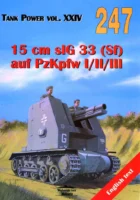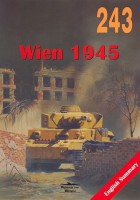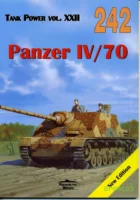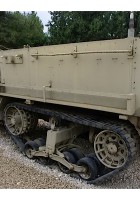Signed documentation Wydawnictwo Militaria the book "Balaton Lake Offensive - Wydawnictwo 246" .
L'opération Frhlingserwachen (opération Réveil du printemps) du 6 au 16 mars 1945 fut la dernière grande offensive allemande de la Seconde Guerre mondiale. L’offensive fut lancée en Hongrie dans la région du lac Balaton, d’où le nom aussi donné d’offensive du lac Balaton.
Lancée en grand secret le 6 mars 1945, l’attaque allemande fut centrée sur la région du lac Balaton, cette région présentant les dernières réserves de pétrole encore disponibles pour les Allemands. Elle incluait plusieurs unités allemandes retirées du front de l’Ouest après l’échec de l’offensive des Ardennes dont la 6e armée Panzer SS.
Malgré quelques gains initiaux, cette offensive fut un échec. Elle démontra le manque de jugement militaire d’Hitler vers la fin de la guerre. Il avait décidé seul de cette opération, trop ambitieuse (Hitler espérait repousser les Soviétiques au delà du Danube) sans support aérien et avec du carburant limité.
Stratégiquement, l’opération n’eut pas d’impact sur le déroulement de la fin du conflit. Si elle démontra que l’armée allemande conservait des qualités guerrières, 24 heures de contre-offensive soviétique rétablirent le front tel qu’il était avant le lancement de l’opération allemande.
Source: Wikipedia

